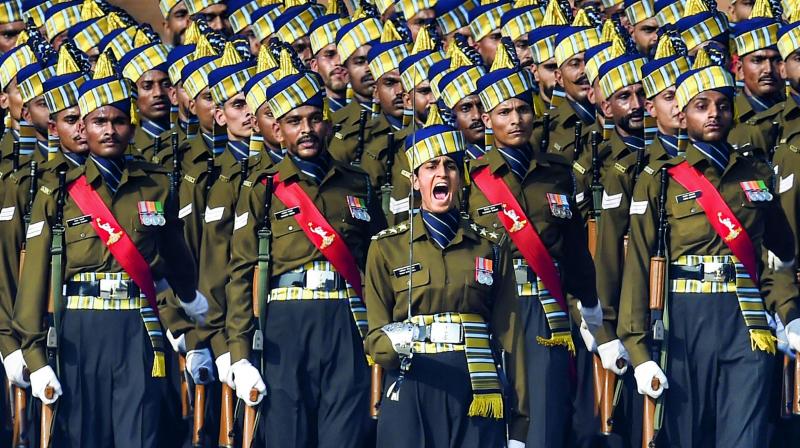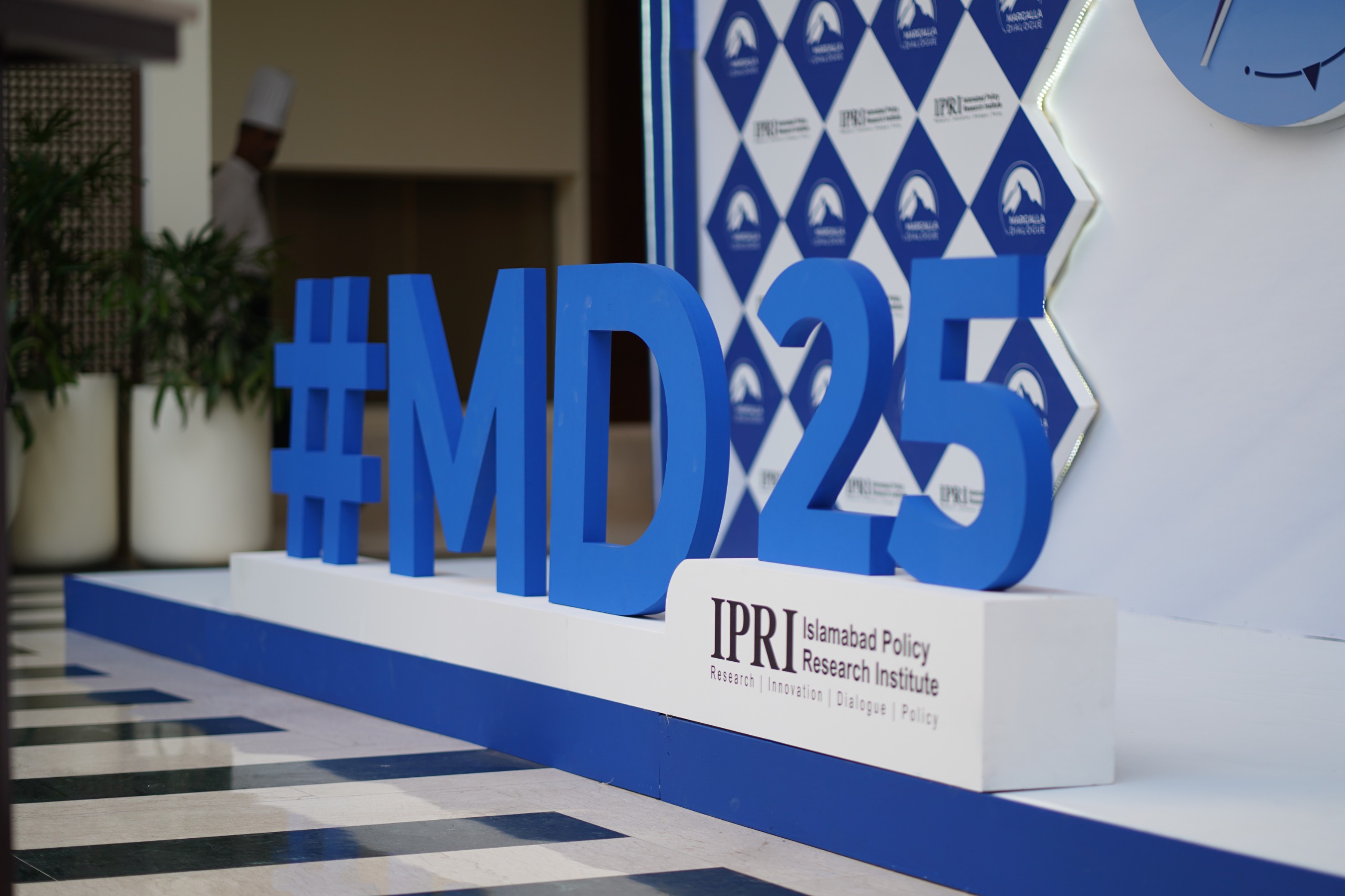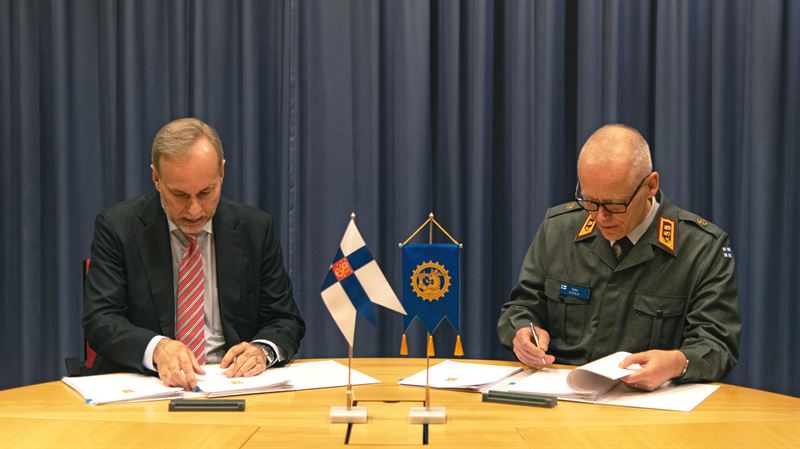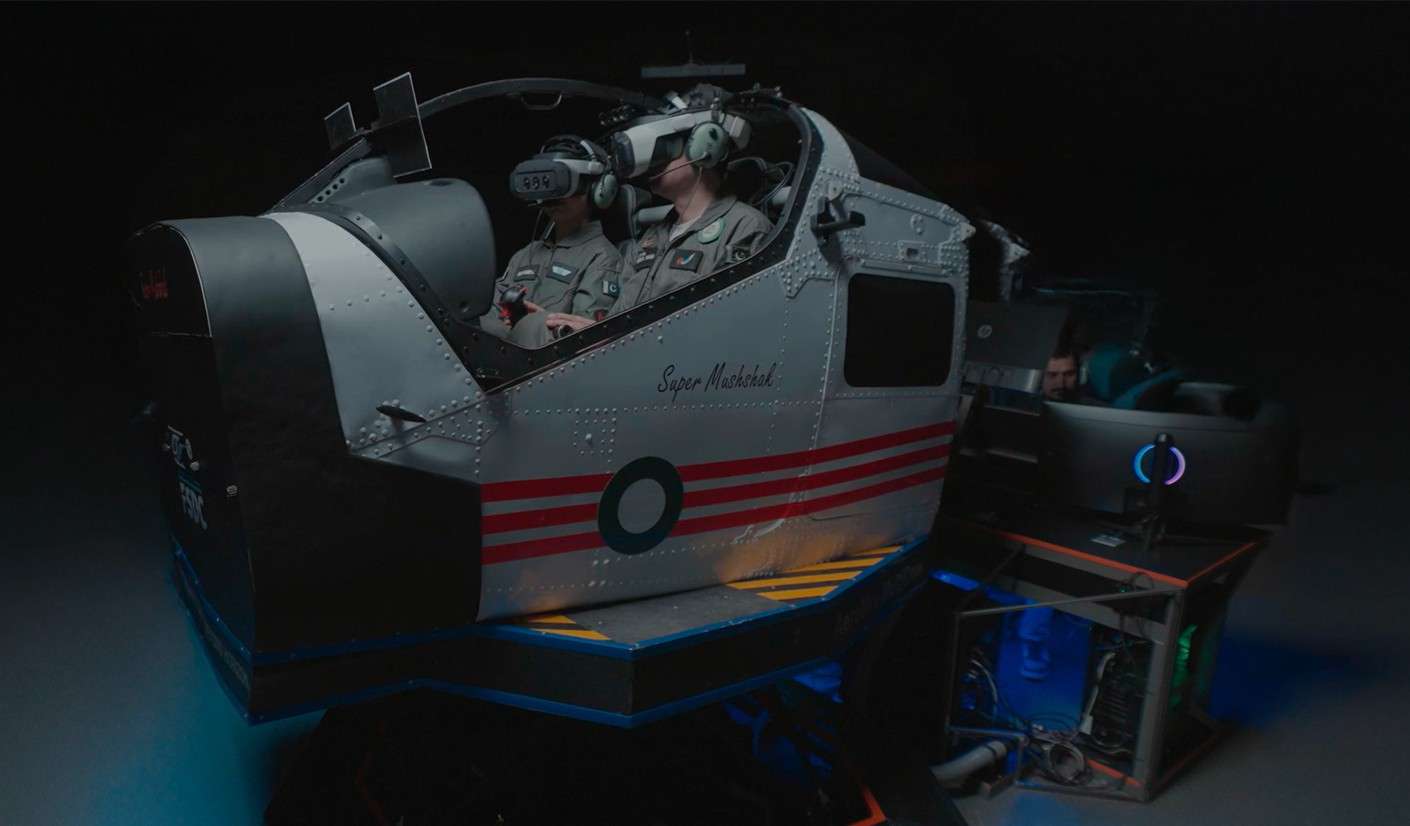Okinawa Island, home to the United States Military’s Kadena Air Base, has been a military post for a long time due to its geopolitical importance. Established in 1945, the Kadena air base is the largest US military installation (until construction of Mageshima) and the largest wing of the Air Force in the Pacific. Currently, it has 2 airports, a port, and hosts the US 18th wing in the region; 18,000 Americans and more than 4,000 Japanese are employed on the air base. The 18th Wing maintains its readiness to support air operations in the region, conducted alongside the Pacific Air Forces and the 5th Air Force. The airbase assures fulfilment of mutual interests by providing a responsive and operational base equipped with integrated, forward-based and deployable airpower (Kadena Air Base, 2021).
Akin to growing Chinese assertiveness in the region, the United States has been committed to enhancing its military presence in the region and particularly at Okinawa (Kadena Air Base, 2023). Since the release of the US Integrated Deterrence Strategy ’22, the US has made certain reinstallation, including the increase in its military presence to 30,000 troops on the island (Ridgwell, 2023). By 2023, Japan was planning to set up new long-range missiles on the island for which it is planning to buy the Tomahawk cruise missiles from the US. The new littoral regiments have also brought in new anti-ship missiles to deter any sort of offensive maritime activity from China (Kelly, 2023). The 2023 changes in deployment of force on the island by the US include the stationing of missiles and armed marines on the island. The US has also decided to bring in F-22s to the base to replace the F-15 fighters. Noting the use of Un-Armed Vehicles (UAVs) from China in the region, the US has suggested bringing in unmanned MQ-9 Reapers (Carroll, 2023).
Earlier in 2025, the renovations and reconstruction of the 10th Support Group munitions storage facility were completed. These renovations include safety enhancements, modernizing blast doors, etc, for better storage of munitions in the Pacific (Satkowski, 2025). Following these upgrades, the US military also signed one of the biggest construction contracts worth $995 million for modernising facilities at Okinawa (Currie, 2025).
To showcase readiness and presence in the region, the US scaled the Resolute Dragon exercise by bringing along two land-based missile systems i.e. US’ Typhon and the Marine Corps’ Navy Marine Expeditionary Ship Interdiction System (NEMISIS). This is the first time that these missile systems landed on Japanese soil and were jointly operated by the US Marines and Japan’s Ground Self-Defense Forces. The Typhon is compatible with firing missiles, including the Tomahawk and the SM-6, providing the opportunity for a deep land attack with anti-surface attacks and missile defense operations. The NEMISIS, on the other hand, brings a low airframe and remains quiet on the electromagnetic spectrum.
For coastal states like Japan, this combination provides a way to hold warships without high risks and large radar detachments. The timing of these exercises brings great significance since Japan is already considering deploying long-range counterstrike options (Lerouvillois,2025). CNN reports that earlier in October 2025, Japan shipped its warships to the US to be fitted with Tomahawk cruise missiles. An Aegis-equipped guided-missile destroyer, the JS Chokai, is moving towards the US for a year-long deployment that will include crew training and ship modifications. It will allow the destroyer to be able to fire Tomahawk missiles within a 1000-mile range. This is a part of the deal Japan has signed with the US in early 2024 for the purchase of 400 Tomahawk missiles, in order to counter a challenging security complex, as cited by the Defense Minister Gen Nakatani (McCarthy, 2025).
For promising air dominance, as reported by Breaking Defense, there are several US aircraft present at the Kadena air base. These include the US Air Force’s RC-135 for monitoring and tracking purposes, which maintains rotational presence. The US Navy has stationed its P-8A Poseidon of Patrol Squadron (VP) 9 for moving targets both at sea and on land. It carries advanced sensors equipped with Moving Target Indicator (MTI). For reconnaissance purposes, the US Air Force, alongside close coordination of Japan’s Ministry of Defense, operates its 319th Expeditionary Reconnaissance Squadron. Its role is to it conduct air-borne reconnaissance in the region for quick response. An MQ-9 Reaper is also present at the air base to conduct intelligence collection and for offensive strikes. Adding to it, the US Air Force Boeing RC-135V frequently undertakes missions in the region to identify signals from emitters i.e. radars and communication systems (Yeo, 2025).
The US deems its military and now stronger missile presence at Okinawa of great importance. Not only is it currently the largest base for the US being close to the SCS, but it also helps the US’ commitment of preserving regional stability and assuming a pivotal role when dissuading political rivals of the region. Considering that Okinawa is 200km from the inhabited islands of East China, the bases enable a streamlined response to regional security challenges and fortify the US military presence (Çiftçioğlu, 2024). The recent presence of Typhon missile system at Okinawa will not only boost Japanese confidence for a strengthened military posture but will also allow Japan to assert its dominance over the disputed Senkaku Islands. It also gives Japan the ability to strike back at long-range targets that can not only reach the eastern Chinese coast but can also target North Korea and Russia (Crouncher and Feng, 2025).
Source: NPR, 2024
Okinawa is present in the first Island chain and acts as a frontline in any conflict situations. Equipping Okinawa will allow both the US and Japan to mount a strong, rapid response, while deterring such threats. The US believes that distributed shored based fires, including those in Okinawa, will be more effective and helpful for a strategic response in a close strait or East China Sea operation. Hence for the US, Okinawa’s geographical presence of 400kms from the island of Taiwan is of great importance when it comes to defending interests all the way from western pacific to the Korean peninsula. It also helps the US by allowing its Marines to try to control essential chokepoints to separate China from the wider Pacific. Additionally, equipping Japan with modern and long range capabilities will tie it tightly to other allied chains including the Philippines and Australia (Lerouvillois,2025).
For the US and Japan these developments provide a strategic advantage and dominance in the region. But it has earned a stern response from China, urging the states to withdraw the missile systems from the region. If left unaddressed, US developments for forward presence and preserving peace in the region could turn to a deadlock, damaging stability in the region.

Barraq Sohail
Barraq Sohail is an independent researcher. Graduated with a BS in International Relations from Kinnaird College, she interned at CSSPR and ISPR; currently serving as the Communications Manager in Global Defense Insight.
- Barraq Sohail#molongui-disabled-link
- Barraq Sohail#molongui-disabled-link












